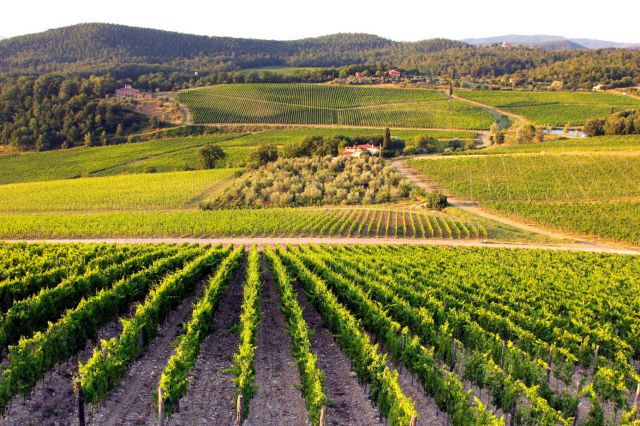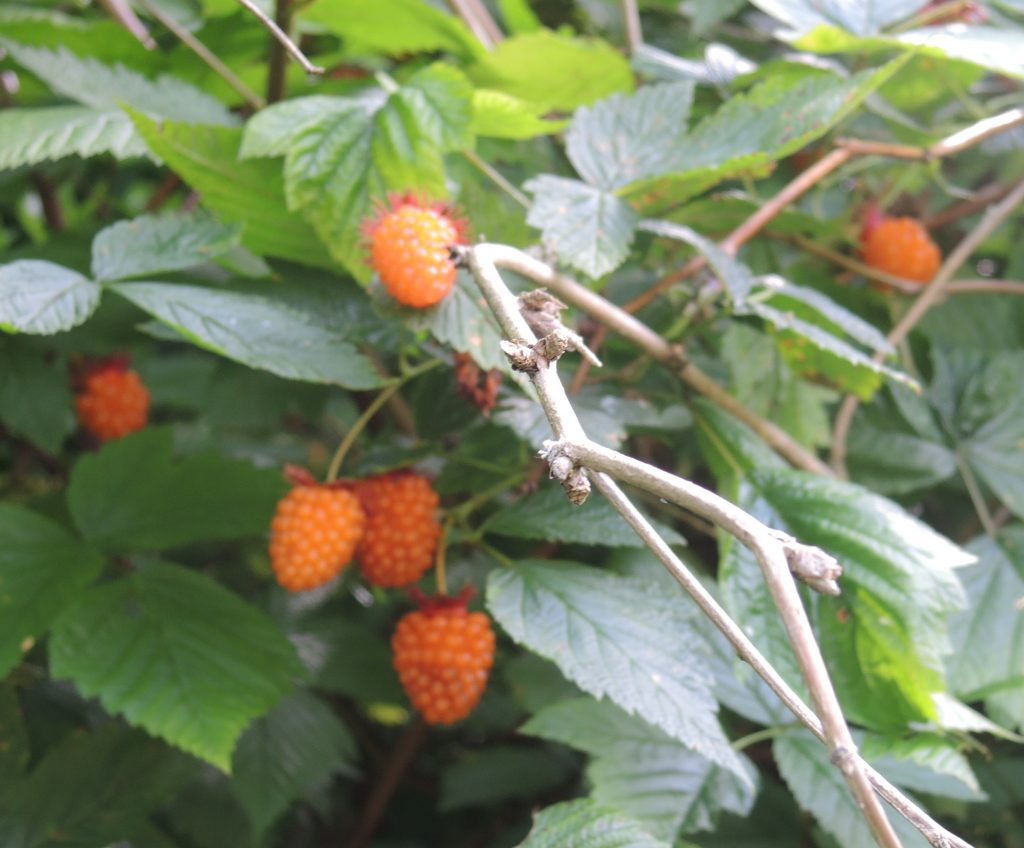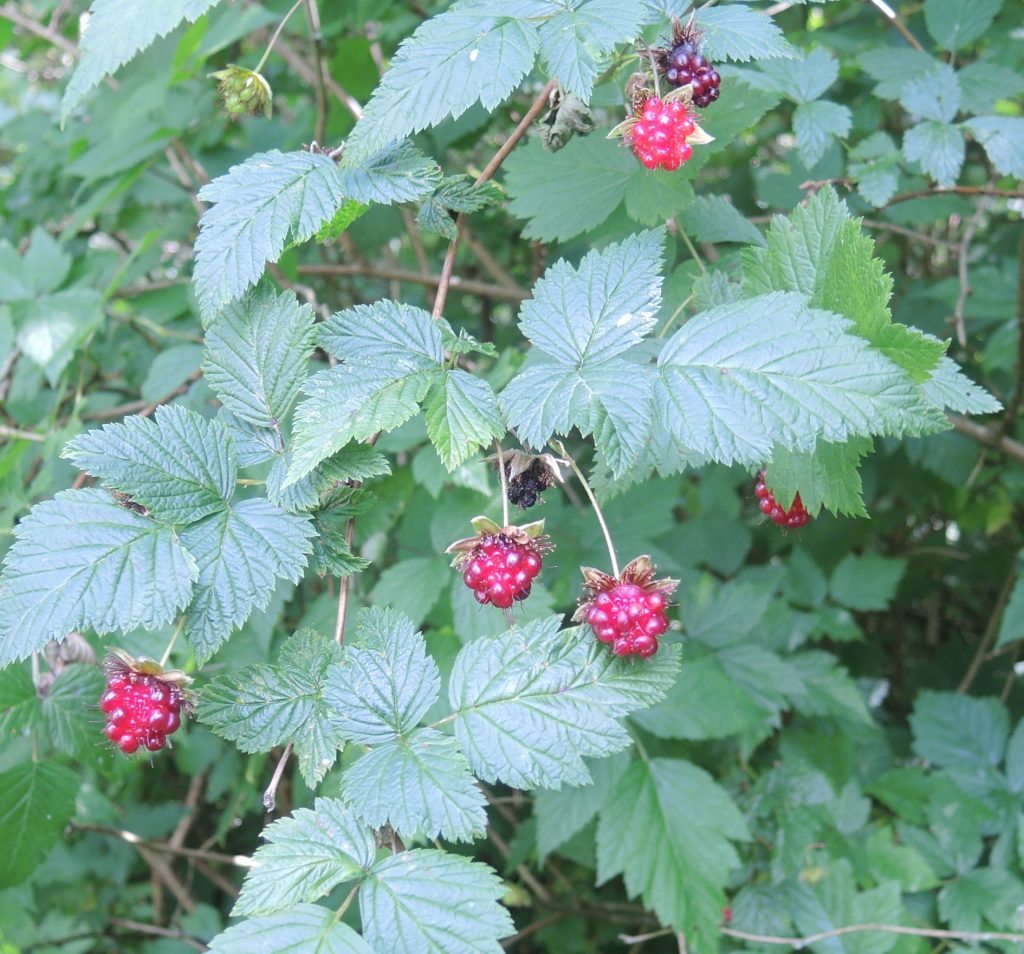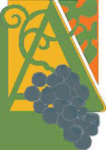lummi island wine tasting june 29 ’18
(note: some photos will enlarge when clicked)
Bread Friday this week
 Kamut Levain – Kamut, aka khorasan wheat, is an ancient grain that has more protein than conventional wheat. Some people who can’t tolerate wheat find kamut to be more digestible. This bread is made with a levain fermented overnight before being mixed with with bread flour and fresh milled whole kamut. It has a nutty, rich flavor and makes a golden color loaf. – $5/loaf
Kamut Levain – Kamut, aka khorasan wheat, is an ancient grain that has more protein than conventional wheat. Some people who can’t tolerate wheat find kamut to be more digestible. This bread is made with a levain fermented overnight before being mixed with with bread flour and fresh milled whole kamut. It has a nutty, rich flavor and makes a golden color loaf. – $5/loaf
Barley & Rye w/ Pumpkin Seeds – Also made with an overnight fermented levain before the final dough is mixed with a nice mix of bread flour and fresh milled rye, barley and whole wheat flours. Some buttermilk makes for a tender crumb, honey for sweetness and toasted pumpkin seeds add to the flavor and texture. A really flavorful artisan loaf – $5/loaf
and pastry this week …
Traditional Croissants – Made with a levain and “old dough” where a portion of the flour, water, salt and yeast is fermented overnight. The final dough is then made with butter, milk and sugar, laminated with more butter before being cut and shaped into traditional french croissants… some say these are the best ever! 2/$5
bard owl https://wdfw.wa.gov/living/species/graphics/owl_3.jpg
Rkaciteli

We have just received our semi-annual wine shipment of Italian wines from our friends at Seattle Importer Small Vineyards. So naturally we will be featuring a number of familiar Italian wines in the next few weeks. In recent years SV has also been branching out to bring in wines from “near” Italy, including Slovenia, Macedonia, and Croatia. New to us this time is an old Macedonian white grape varietal named Rkaciteli (“ree-kaht-see-TELL-ee.” ), which dates back nearly five thousand years to around 2800 B.C., Very Early in the Wine Game! No wonder Macedonia claims to have invented wine!
Its unique flavor profile is brisk, floral and invigorating, with a salt-tinged lemon zing, hints of spicy apricot, orange zest, honeysuckle, red apple, a hint of a sherry, and tropical notes of pineapple, mango, and papaya. Wherever you are it can transport you to the Mediterranean, imagining the warm sun on your back and a cooling sea breeze in your face. At the same time its thick skin has helped it thrive in colder climates, where it delivers an opulent texture with bright acidity, a winning combination in any wine!
Salmonberries…Rubus spectabilis
 Salmonberries, stalwart staples of the Pacific Northwest, look like raspberries but occur in yellow-orange (salmon), and darker red, depending on the season. Frequencies of the two morphs vary geographically, and if this year is any indication, by climate variation. In the last week the berries here on the Island have suddenly exploded into full ripeness. And unlike previous seasons, this year we see very distinctive differences in the color of the berries from plant to plant and even on the same plant, with some berries the usual bright yellow to orange, and others ranging from red-orange to dark purple, for no known reason. We can say that both we and birds generally prefer the red berries over the salmon colored. (yes, we took this photo before we ate most of them…!).
Salmonberries, stalwart staples of the Pacific Northwest, look like raspberries but occur in yellow-orange (salmon), and darker red, depending on the season. Frequencies of the two morphs vary geographically, and if this year is any indication, by climate variation. In the last week the berries here on the Island have suddenly exploded into full ripeness. And unlike previous seasons, this year we see very distinctive differences in the color of the berries from plant to plant and even on the same plant, with some berries the usual bright yellow to orange, and others ranging from red-orange to dark purple, for no known reason. We can say that both we and birds generally prefer the red berries over the salmon colored. (yes, we took this photo before we ate most of them…!).
Salmonberries are an important food source for local wildlife in early summer. Here on the Island in most years they are quite watery and bland, i.e. “taste one and call it a Season.” By comparison flavors this year of both variations are the best we can recall, and every dog walk this week has involved a fair bit of salmonberry foraging.
 Both the berries and the bark have also been an important food source for the indigenous people of the Northwest, who ate both the sprouts as well as the berries, either raw or mixed with oolichan grease or dried salmon spawn. The berries, which ripen from early May to late July in most of the Pacific Northwest, were seldom dried because of their high moisture content. And, blooming in early Spring, they often enjoy symbiotic pollination by Rufous Hummingbirds, which migrate north at the time of Salmonberry flowering.
Both the berries and the bark have also been an important food source for the indigenous people of the Northwest, who ate both the sprouts as well as the berries, either raw or mixed with oolichan grease or dried salmon spawn. The berries, which ripen from early May to late July in most of the Pacific Northwest, were seldom dried because of their high moisture content. And, blooming in early Spring, they often enjoy symbiotic pollination by Rufous Hummingbirds, which migrate north at the time of Salmonberry flowering.
Mar a Lago Update: The Obsolescence of Political Parties

It’s been a tough week for The Resistance. Clouds of Grim Foreshadowing have begun Swirling Even More Ominously over the Tweetster’s Mt. Doom Towers Worldwide, causing us to Lament, and Gnash Our Teeth. Where are Gandalf, and Frodo, and the Elves and the Forces of Good who will Comfort us and Restore the World of Benign Equilibrium we imagined would Always Persist in our Divinely Blessed America?
Alors, avec regret, mes amis, there is no Good News about that at the moment. However, for what it’s worth, yesterday we encountered a compelling and curiously encouraging Perspective on the issue in an op-ed by Thomas Friedman that we found engaging and thoughtful.
Of course we encourage you to read it for yourselves. But the essential feature to which we invite your consideration is, perhaps the most dear and valuable vis-a-vis Our Present and Future Dystopian Landscape, a New Perspective, a Different Arrangement of the Pieces into a New and Compelling Theory of– as we ask Ourselves Every Morning, and what could be More Important– “Who Are We And What Are We Doing?!!”
Friedman’s Answer it that we are going through three Climate Changes at once, which together are reshaping our Core Concepts about work, learning, geopolitics, ethics and community (among others) in ways that demand more of our binary Left-Right Model than it is capable of delivering, including:
- from a Sometime in the Future Time Horizon to OMG we Really Shoulda done it 20 years ago! :
- from an interconnected world to an interdependent world, where Nations no longer have any True Autonomy in a Global Corporate Environment;
- from a world where Human Reasoning was the Analytic Coin of the Realm to one in which AI’s are acquiring the abilities to learn, analyze, reason, maneuver, and drive on their own, with profound implications for the Future of Labor-Capital relationships.
The This vs. That Binary Dichotomies that have defined politics in our Lifetimes are becoming Obsolete in a world in which each person is An Exception, a Unique Package with both Talents and Baggage in a Corporate Landscape that values Complete Interchangeability of Capital and Labor. Friedman argues that these forces portend a Future in which we can see emerging organically in many towns and communities across America a highly pragmatic and ad hoc approach to problem-solving which builds solidarity through the trust and bonds of friendship that are built from broad collaboration on big, hard challenges in local community settings.
All of which adds up to an Interesting, New, and in a way Post-Political Paradigm in which Locally Driven, Pragmatic Coalitions of Regional Interests with widely divergent political values can organize around Common Interests for a Common Good. Food for Thought.
This week’s wine tasting
Jordanov Rkaciteli ’15 Macedonia $11
Brisk, floral and invigorating with a salt-tinged lemon snappiness; taut flavors of dried pineapple, mango, and papaya – finishing with pleasing notes of marzipan and taffy.
Perazzeta Sara Rosato ’16 Italy $14
From the same grape as Brunello (sangiovese grosso), this beautiful rosato is rich, bold, and flinty while also crisp, summery, and light.
Monte Tondo Valpolicella ’16 Italy
The grapes are dried for about a month in a well ventilated “fruttai” before pressing, and ultimately aged for five months in oak. Not a frivolous wine, it packs loads of sour black cherry aromas, spices, violets, and rosves.
Brunelli Apricale ’16 Italy $14
Sangiovese Grosso with a little Merlot and Cab Franc; Fruity and persistent nose of wild berries and spice. Soft and balanced with fine tannins this Sant’Antimo Rosso works well with any meal!
La Quercia Montepulciano Riserva ’13 Italy $18
100% organic montepulciano from low-yield vines; rich, port-like nose of candied cherries that carry through on the expressive, rich, earthy palate; nice balance of fruit and acidity.
If you enjoyed this post, please consider to leave a comment or subscribe to the feed and get future articles delivered to your feed reader.

 2072 Granger Way
2072 Granger Way